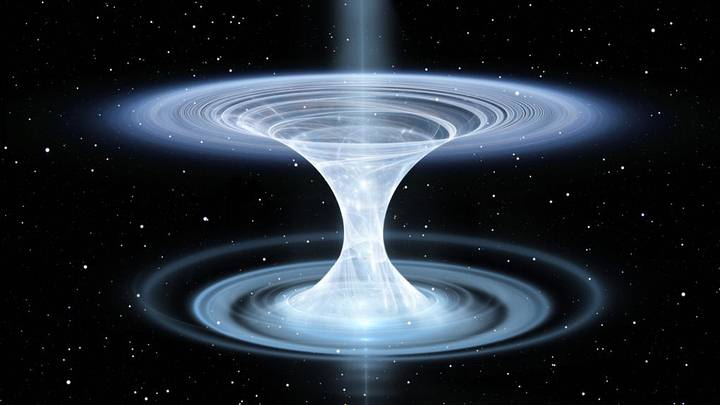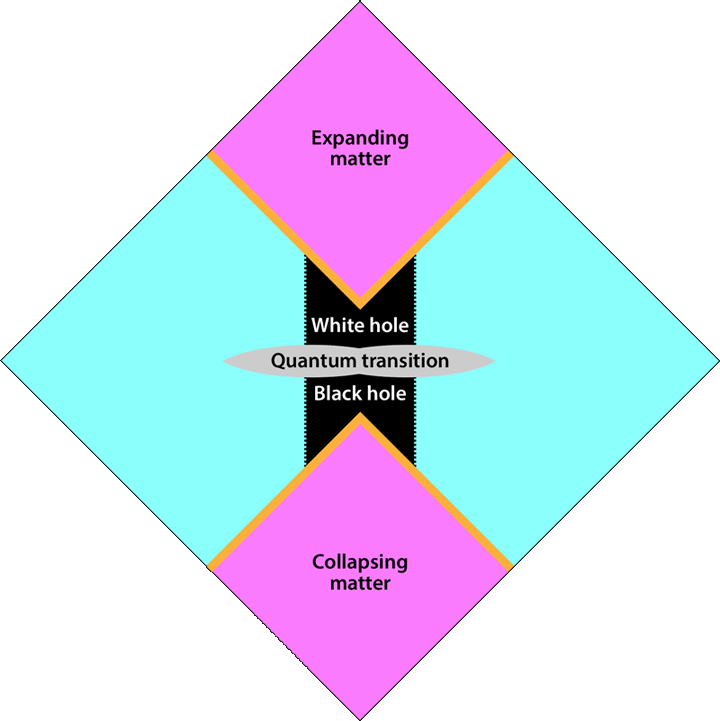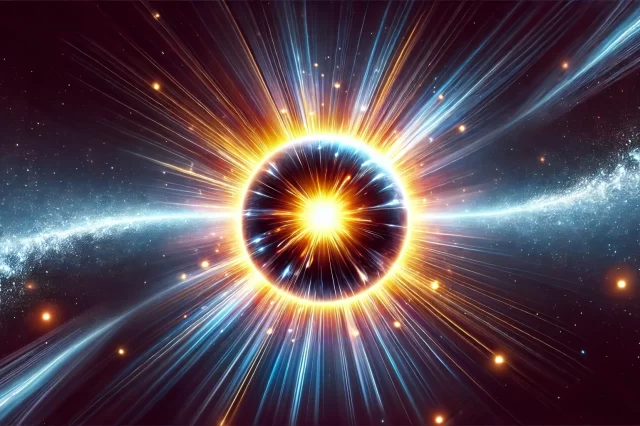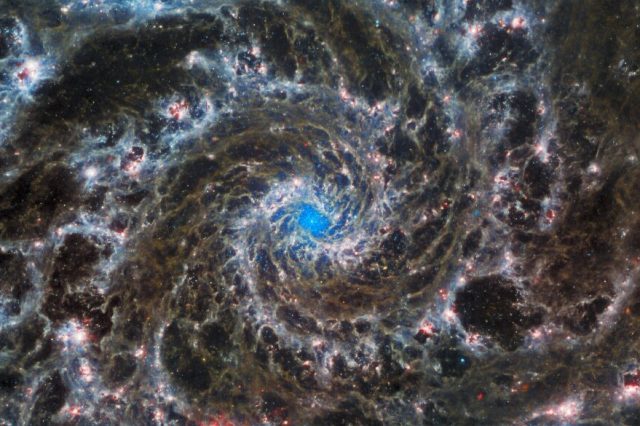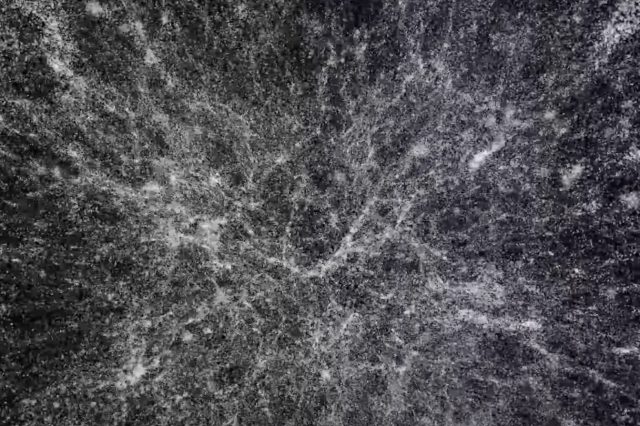Essentially, it is time travel.
Black Holes as Time Travel Tools: Astronomers Explore the Possibility of White Hole Transitions
A recent discovery suggests that black holes may serve as potential tools for time travel, as astronomers have found that space-time curves near the center of black holes but do not break, eventually transitioning into white hole structures.
The Strange Nature of Black Holes
Black holes are among the most mysterious objects in the universe, and according to Einstein’s General Theory of Relativity, everything that enters a black hole is drawn towards its center by increasingly powerful gravity. This ultimately compresses into a singularity, a point of infinite density where the laws of known physics no longer apply, time stops, and reality vanishes.
However, some researchers disagree with this notion.
Challenging the Singularity Theory
Abhay Ashtekar and Javier Olmedo from Pennsylvania State University, and Parampreet Singh from Louisiana, have recently published two papers in Physical Review Letters and Physical Review D that suggest a different perspective on black holes. They argue that our understanding of their centers may be severely misconstrued, and instead propose that black holes transition into white holes.
Loop Quantum Gravity and Black Holes
The primary issue is the concept of singularities. Many researchers consider them an aberration that cannot exist in nature. Under the umbrella of “quantum gravity,” scientists have developed new mathematics to describe gravity at subatomic levels. One such approach is “loop quantum gravity,” which predicts that space-time can be quantified, resulting in a minimum unit beyond which it cannot be subdivided.
Applying loop quantum gravity to black holes’ central points, the researchers contend that the result is not a singularity but something entirely different.
The Transition to White Holes
New calculations indicate that space-time curves significantly near the center of a black hole. However, it does not break, but continues into a region in the future with a white hole structure. White holes, the opposite of black holes, expel matter outwards into space rather than attracting it.
As time slows down in powerful gravitational fields, and black holes contain the strongest gravitational fields in the universe, this new work suggests that matter falls into a black hole and then “bounces,” ejecting mass throughout the cosmos. From an outside perspective, this process would take an immense amount of time.
Testing the Theory
If the researchers are correct, black holes will eventually explode in the distant future, scattering matter across the cosmos through white holes. This intriguing idea will need experimental validation before being accepted.
There are several ways to test the theory. For instance, scientists have been detecting high-energy cosmic rays that collide with Earth’s atmosphere and fast radio bursts (FRBs) that release massive amounts of radio energy in a short time. According to the authors of the new papers, these phenomena could, in principle, be signatures of a black hole transitioning to a white hole.
PLEASE READ: Have something to add? Visit Curiosmos on Facebook. Join the discussion in our mobile Telegram group. Also, follow us on Google News. Interesting in history, mysteries, and more? Visit Ancient Library’s Telegram group and become part of an exclusive group.

